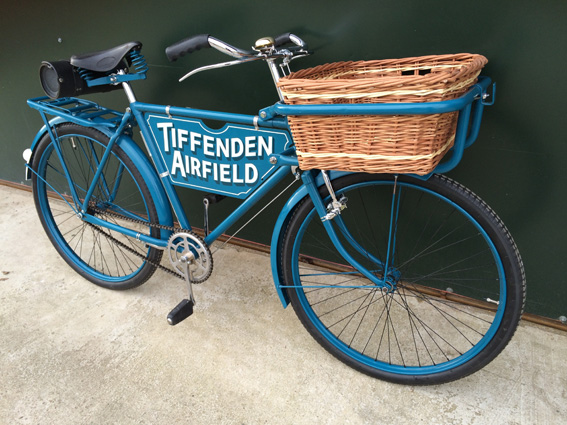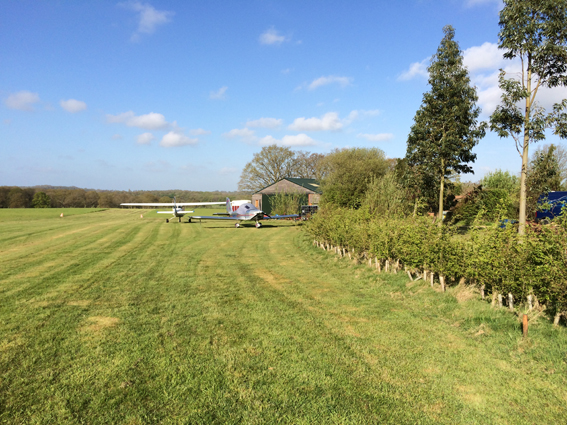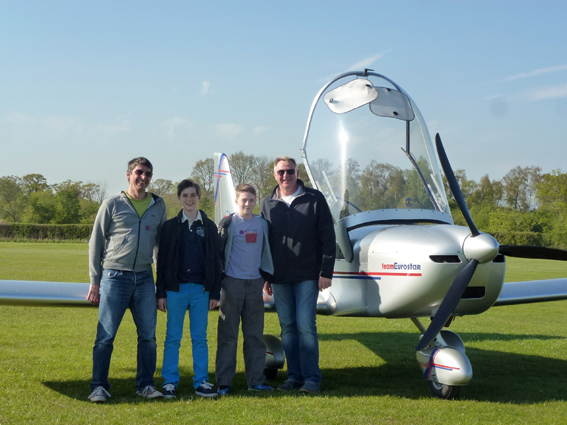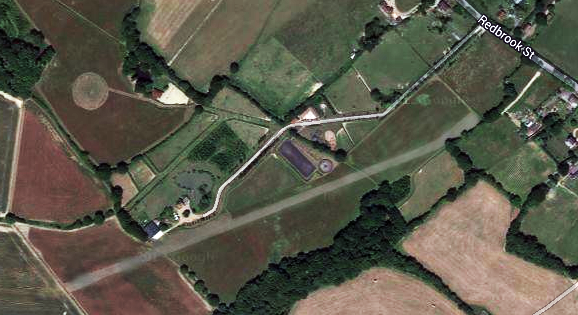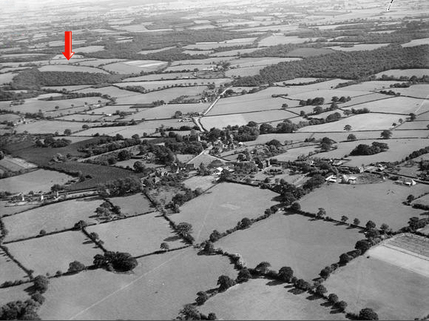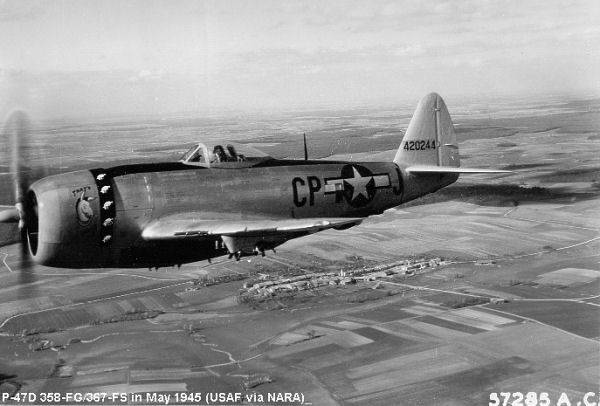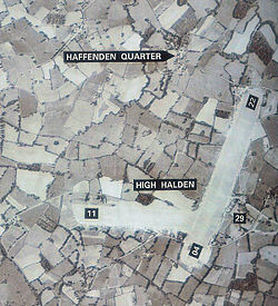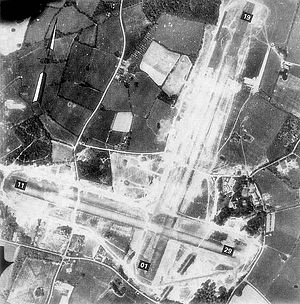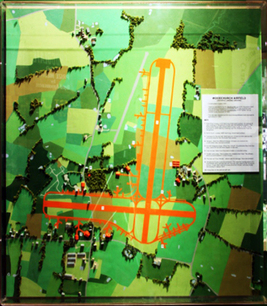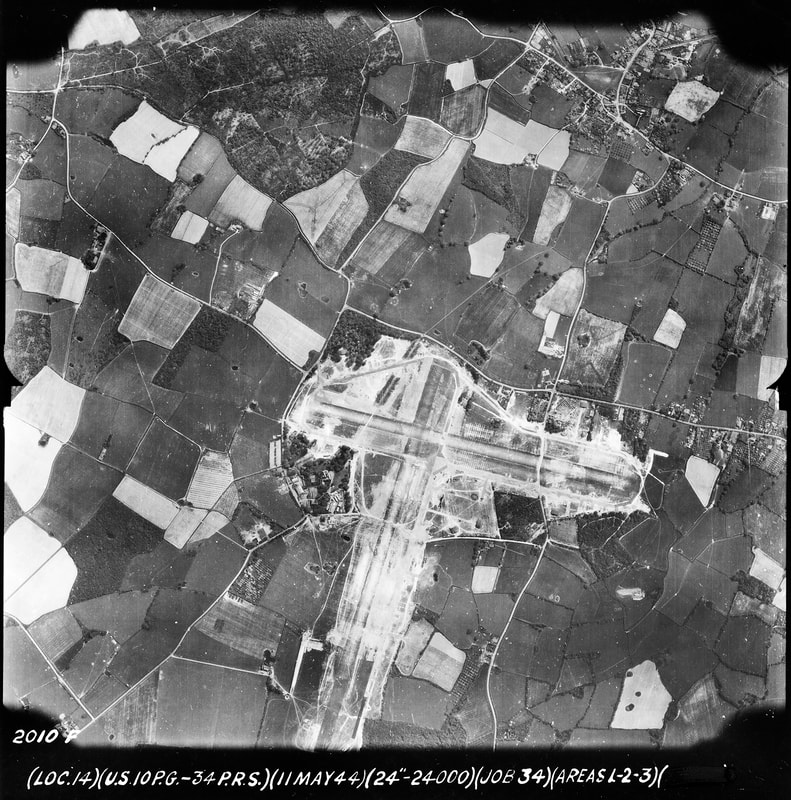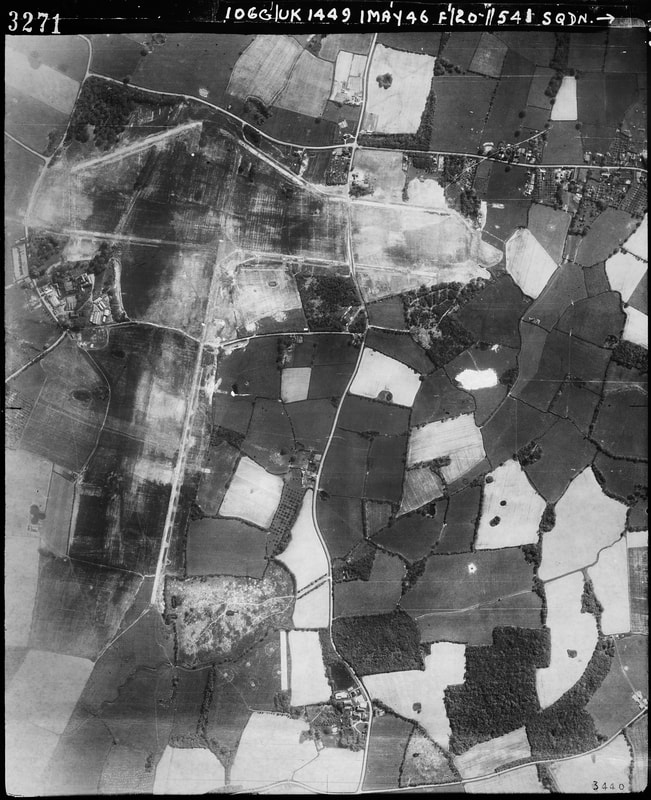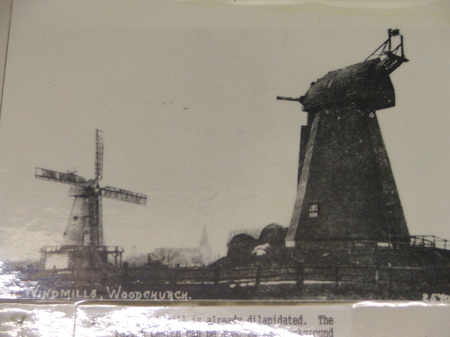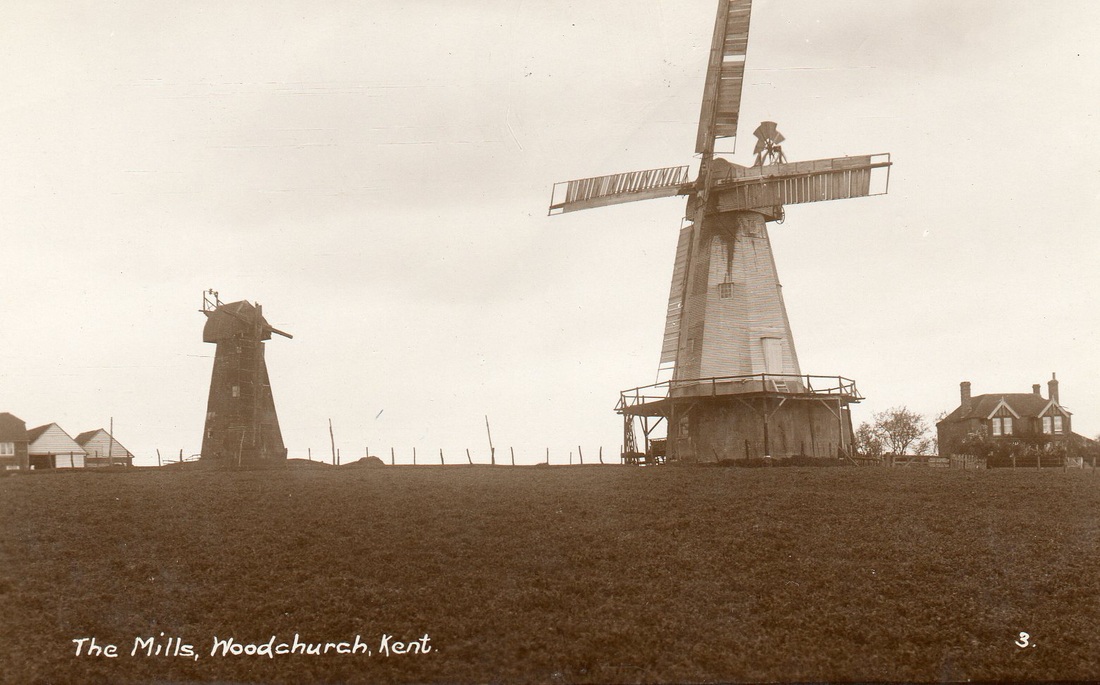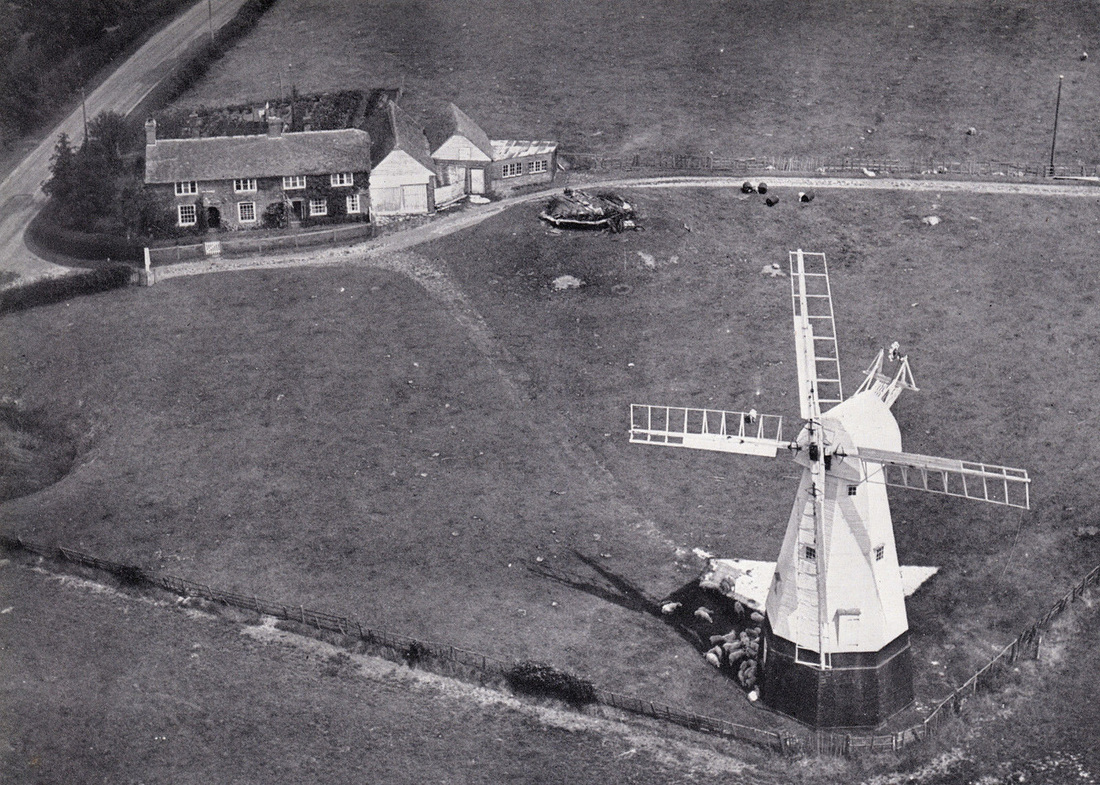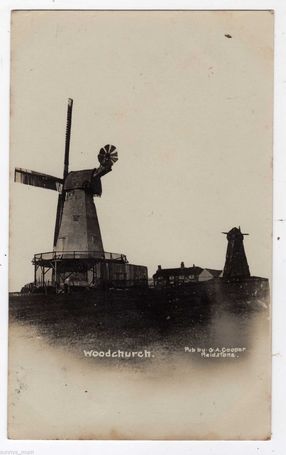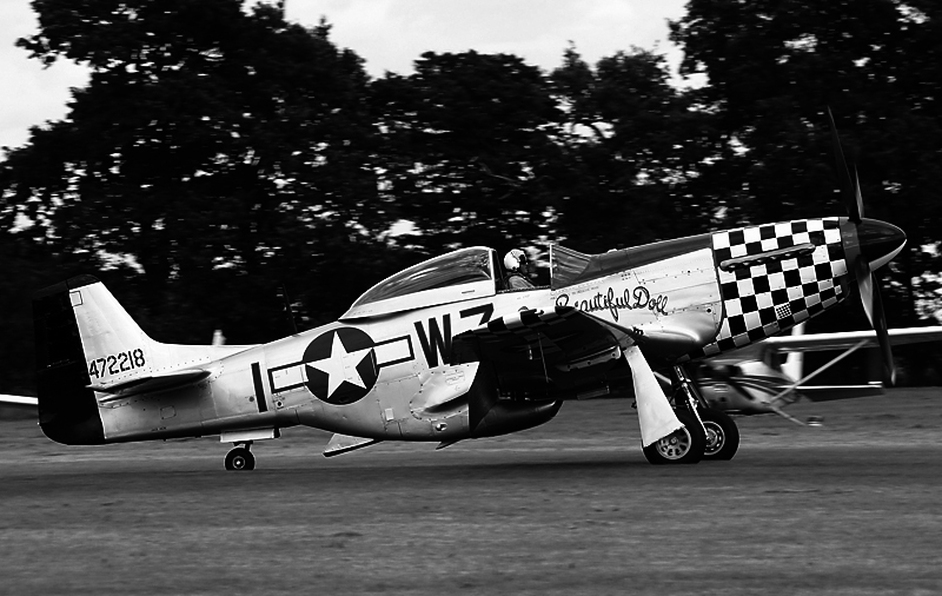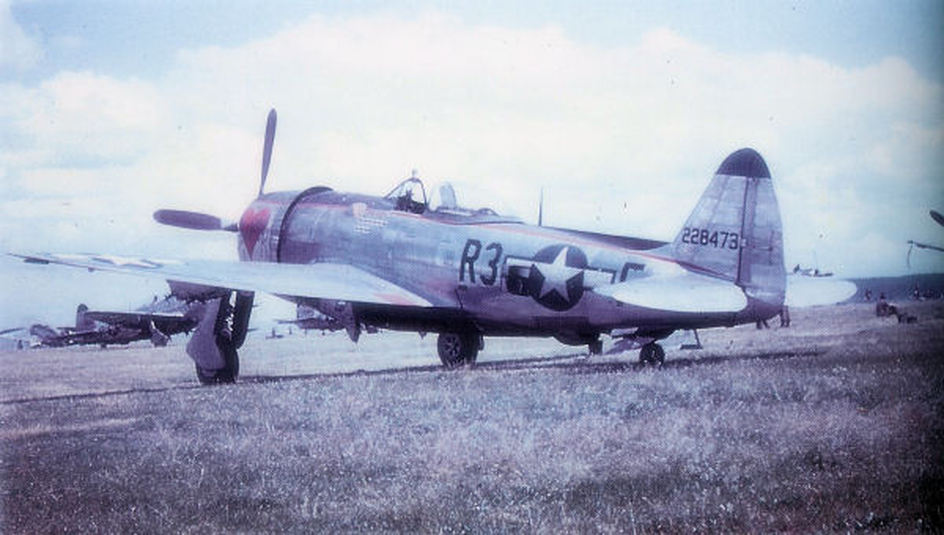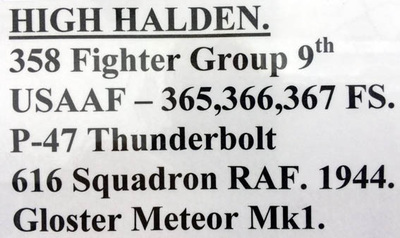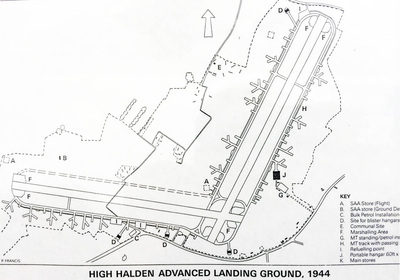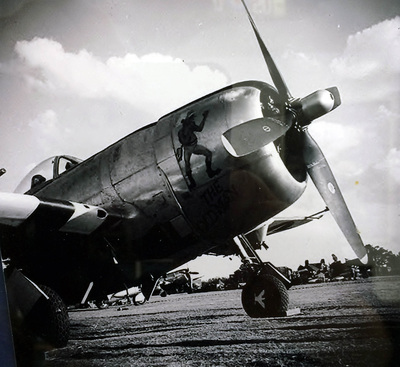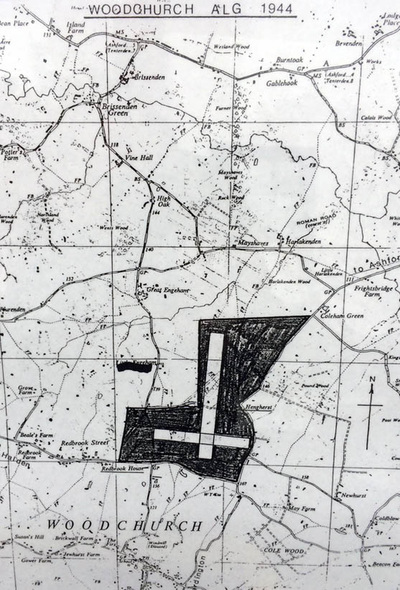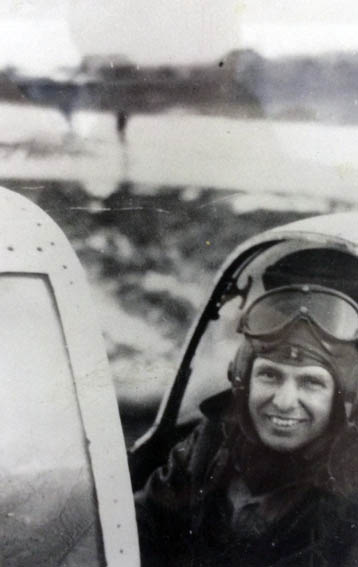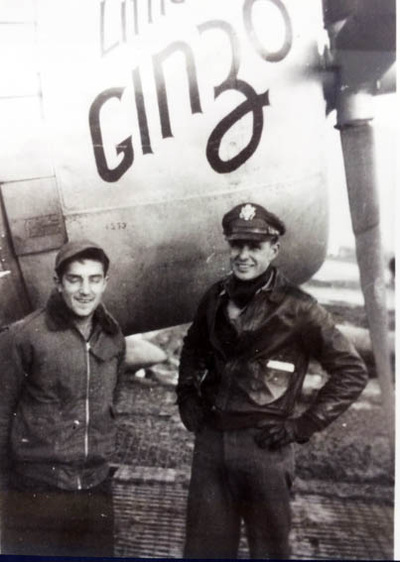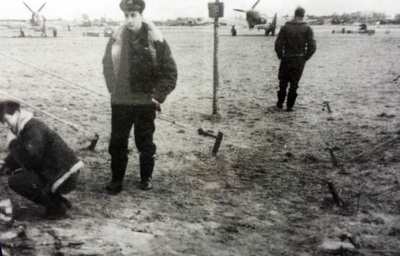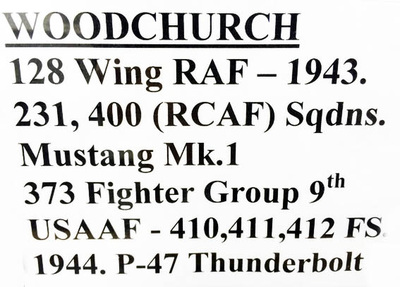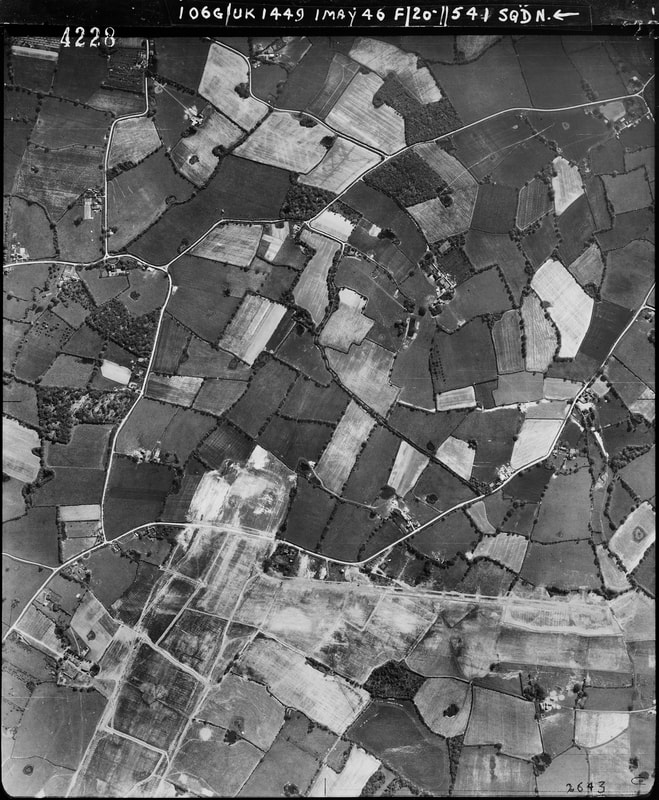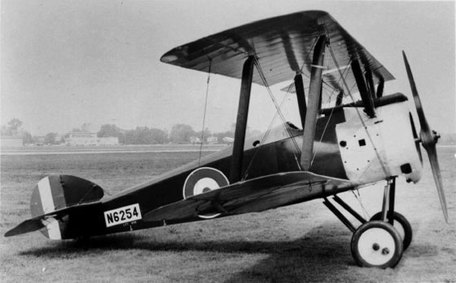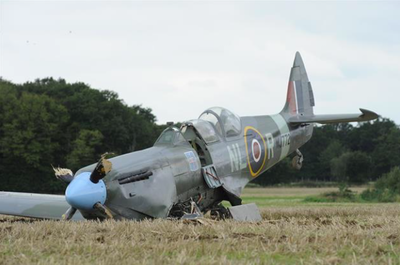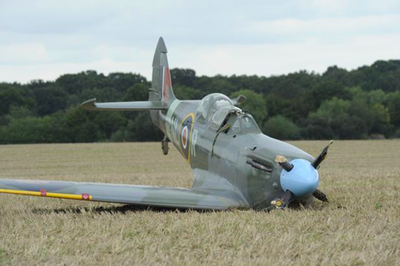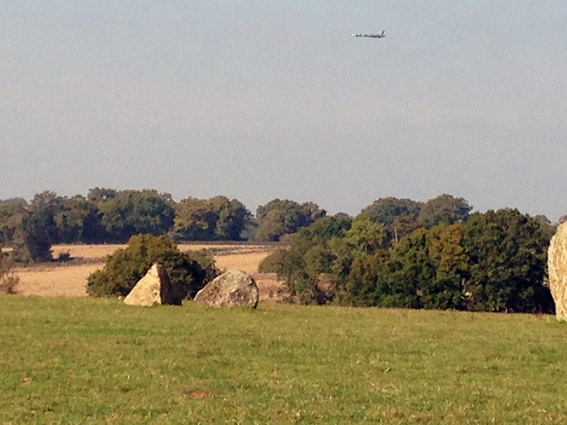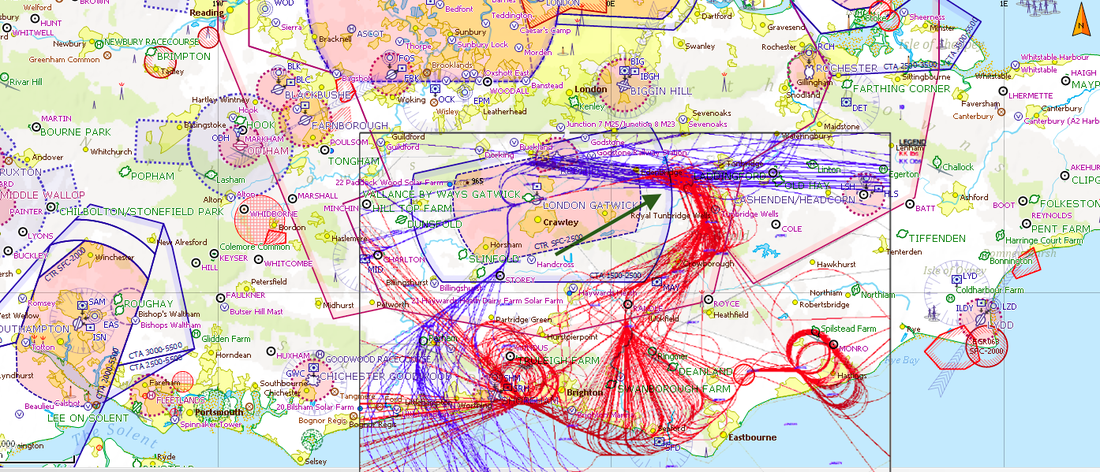|
TIFFENDEN AIRFIELD.
Home to Woodchurch Carriage Driving for the Disabled THE NEW GAR SERVICE CAN BE FOUND AT gov.uk/submit-gar Tiffenden Airfield |
|
|
The word 'Tiffenden' derives from ancient Welsh and means 'Small Valley'. It is no surprise then that Tiffenden Airfield is situated on the gentle slopes of a small valley and this topography has the effect of making one end of the runway 60 feet higher than the other over a distance of 600 metres. Tiffenden Airfield is NOT Woodchurch Airfield.
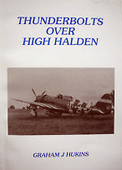
Tiffenden Airfield is based in Kent in England and sits right on the parish boundaries of Woodchurch and High Halden. It has been in use for aircraft since the first recorded balloon flights of 1997. Prior to this, the adjacent fields were used for microlights in the late 1960's, 1970's & 1980's. The Kent Air Ambulance has landed twice attending to horse riding injuries. In historical aviation terms, Woodchurch is famous for the USAF base that is now operated as a private flying field. (Woodchurch Warbirds). Thunderbolts and Mustangs operated from Woodchurch. High Halden also had a Thunderbolt base during WW2 that can be seen in the book "Thunderbolts over High Halden". High Halden airfield is now open again and run by the Kent Microlight Club. The nearest licensed aerodrome to Tiffenden Airfield is Headcorn (Lashenden).
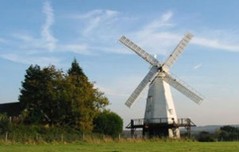
Woodchurch is easily identified from the air by its white windmill. There used to be two mills, one white and one black. Rumour has it that a Messerschmitt Bf 109 crashed in WW2 and on the German pilots map the two mills of Woodchurch were marked as an obvious landmark and navigation point. So one of the mills was taken down to confuse the enemy. During our normal farming operations we have recovered many 20mm Cannon Shells dating from the Battle of Britain. Each shell case has the year of manufacture stamped in the base.
Tiffenden Airfield is a private airstrip and is only operational in the dry months due to the clay ground (See airfield weather & conditions). It is owned by the Andersons, a keen aviation family that operate the organic farm in which Tiffenden Airfield is situated. The farm is also home to Stone Circle Livery the UKs first and only organic livery yard and the Woodchurch Riding for the Disabled Carriage Driving Group.
Tiffenden Airfield is strictly Prior Permission Required (PPR) to land due to intensive equestrian activities. PPR can be gained through the Contact Form. Remember - this is NOT Woodchurch Airfield. LANDING FEES are paid directly to Woodchurch Carriage Driving for the Disabled via the 'Pay Landing Fee' link. Tiffenden Airfield is not commercial. |
Aircraft on the mown apron at Tiffenden Airfield
Some of the Anderson Family on a 'fly-out' to Old Warden
The ariel picture above shows Tiffenden Airfield. The easily identifiable circle is a stone circle. A good landmark to identify the airfield from the air. Please visit the airfield information page to get a good sense of the airstrip and layout.
On the left your can see the Tiffenden Airfield bicycle. This is an old Elswick Tradesman's Bicycle that was the subject to a complete restoration.
|
Some Local aviation History
|
Ariel Picture of High Halden and the Environs taken in 1929. Tiffenden Airfield is in the top left quadrant and the runway threshold is marked by the red arrow.
|
One of the P-47D Thunderbolts based at High Halden. You can read more about RAF High Halden HERE
|
|
High Halden RAF/USAF Thunderbolt Base during WW2. This no longer exists.
|
Woodchurch USAF Thunderbolt Base during WW2. This is still operated as a private flying airfield.
|
An exhibit of Woodchurch USAF Thunderbolt Base at the Woodchurch Museum.
|
The Woodchurch Mills c1912 - Only 1 survives today
The picture below is from 1952, 7 years after the end of WW2. You can clearly see the footprint of the black mill.
|
The P51 Mustang that was based at Woodchurch until it was destroyed in a flying display at Duxford. Visit Woodchurch Warbirds to see more. Woodchurch operated as a USAF air base and an RAF air base. The picture below shows a USAAF Republic P-47D-28-RA Thunderbolt (s/n 42-28473) of the 373rd Fighter Group at RAF/USAF Woodchurch, England (UK), in 1944.
The video on the right features 'Rob Davies' the owner of Woodchurch Airfield and Mustang Pilot demonstrating the P51D Mustang 'Janie' that is based in Norfolk at Woodchurch. |
|
High Halden usage 1940 - Click picture for larger version
USAAF Woodchurch - Click picture for larger version
Tenterden (Leigh Green) - Royal Flying Corps & Royal Air Force Airfield. Dec 1916 - Nov 1918
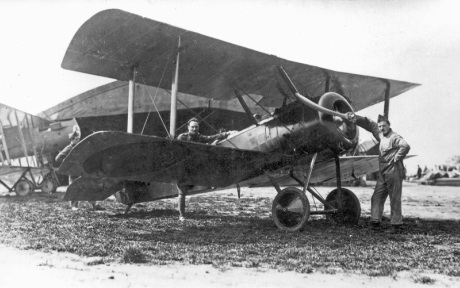
Leigh Green RFC & RAF base operated during the Great War of 1914-18 from December 1916 until its last known date of December 1918. Like RAF High Halden, nothing can be seen of this airfield now as it is covered in housing. You can see it HERE on a map supplied by the Airfiels of Britain Conservation Trust.
Leigh Green was a 3rd Class Landing Ground for 112 Squadron whose function was Home Defence. They were part of the 53rd wing. The squadron was formed as No. 112 Squadron of the Royal Flying Corps on 30 July 1917 at Throwley Aerodrome, Kent, England for air defence duties protecting the London area. It was equipped initially with Sopwith Pups and received Sopwith Camels in 1918. One of its first commanding officers was Major Quintin Brand (who would become a group commander with RAF Fighter Command during the Battle of Britain). Following the end of the war, the squadron was disbanded on 13 June 1919.
Leigh Green was a 3rd Class Landing Ground for 112 Squadron whose function was Home Defence. They were part of the 53rd wing. The squadron was formed as No. 112 Squadron of the Royal Flying Corps on 30 July 1917 at Throwley Aerodrome, Kent, England for air defence duties protecting the London area. It was equipped initially with Sopwith Pups and received Sopwith Camels in 1918. One of its first commanding officers was Major Quintin Brand (who would become a group commander with RAF Fighter Command during the Battle of Britain). Following the end of the war, the squadron was disbanded on 13 June 1919.
Picture above shows the Sopwith Pup at Leigh Green, Tenterden The picture below shows the Sopwith Camel with its distinctive hump. Video shows what it is like to fly a Sopwith Pup from the pilots perspective.
Spitfire Engine Faliure at Woodchurch September 2015
Nothing like an engine failure to focus the mind. Another great demonstration of skill by Rob Davies - walked away unhurt and the aircraft is saveable. Map shows crash sites from WW2 in the area of Tiffenden Airfield and this recent spitfire crash is marked. Amazing to think that 75 years after the Battle of Britain Spitfires are still in our skies. You can read about the incident here.
Last flight of the Vulcan Bomber seen abeam Tiffenden Airfield.
11/10/15 @14:06 local time.
We were lucky to see the last flight of the Vulcan Bomber from Tiffenden Airfield. It flew abeam low and very quiet on what was a very hazy day. The picture below shows the Vulcan flightpath in yellow, Tiffenden Airfield in red and the blue sight line of where the photograph was taken.
Gatwick Airspace
The picture below shows the projected arrivals (In red) and departures (In Blue) at Gatwick Airport if the new airspace gets approved. We often get jets overhead at Tiffenden below the Class A airspace of 5500ft. They are allowed to fly VFR (Visual Flight Rules). Worth looking out for them if doing aerobatics. The projection has been over-layed on the SkyDemon aviation map where Tiffenden Airfield can be clearly seen to the North East of Tenterden, in-between Lashenden/Headcorn and the Lima-Yankee-Delta (LYD) VOR of Lydd.

